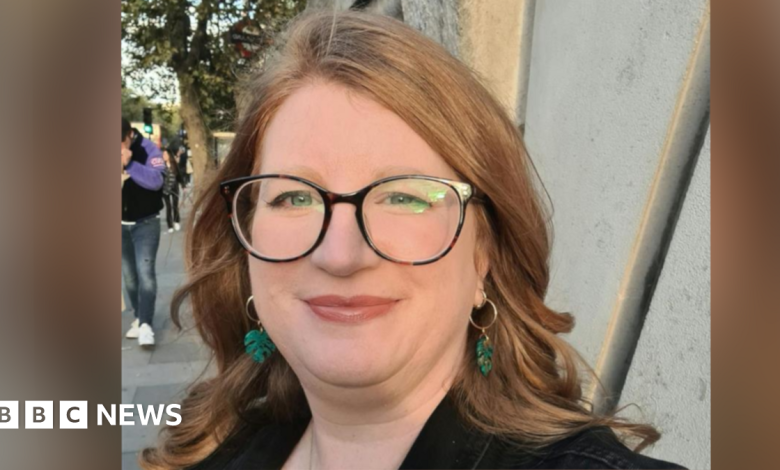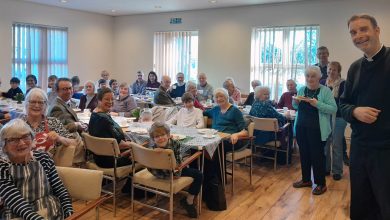Norfolk and Waveney brain injury charity to close after 30 years

Facing Financial Challenges: A Local Charity Closes Its Doors
In a heartfelt announcement that has rippled through the community, a beloved local charity has made the difficult decision to cease operations after facing prolonged financial difficulties. The organization, which has served as a pillar of support for many vulnerable individuals, conducted a thorough review of its operations and financial standing before concluding that closure was inevitable. According to their assessment, “significant and sustained financial pressures” combined with an increasingly “challenging fundraising environment” had created insurmountable obstacles to their continued operation. This closure represents not just the end of an organization, but a potential gap in critical services for those who have come to rely on their support.
The charity’s spokesperson, Ms. Boothby-Barnbrook, emphasized that this painful decision was reached only after exhausting all other possibilities. “We did not make this decision lightly,” she explained, her voice reflecting the weight of responsibility the leadership team feels toward those they serve. In recognition of the impact this closure will have, she assured the community that the charity is working diligently with Norfolk County Council and other local partners to minimize disruption. Their primary focus during this transition period is ensuring that clients can identify and connect with alternative services that will meet their ongoing needs. This collaborative approach demonstrates the organization’s commitment to their mission of care, even as they prepare to close their doors.
The emotional toll of this closure extends beyond practical considerations of service provision. Ms. Boothby-Barnbrook offered reassurances directly to clients and their families, acknowledging the anxiety and uncertainty that such a change inevitably creates. “We want to reassure our clients, their families, and the community that we will do everything we can to ensure they feel supported during this transition,” she stated, highlighting the human dimension of this organizational change. The charity recognizes that beyond the logistical challenges of finding new services, there is also the emotional challenge of ending relationships and routines that have provided stability and meaning to many lives. Their commitment to supporting people through not just the practical but also the emotional aspects of this change reflects their deep understanding of the community they serve.
With a tone of genuine gratitude, the charity acknowledged the network of support that has sustained their work over the years. “We are incredibly grateful for the support of our clients, supporters, and partners,” Ms. Boothby-Barnbrook expressed, recognizing that no charity operates in isolation, but rather as part of an interconnected community web of care and support. This expression of thanks extends to those who have volunteered their time, donated financially, collaborated on projects, and entrusted the organization with the care of their loved ones. As they navigate the closure process, the charity has emphasized that their primary concern remains the well-being of both the people they serve and their dedicated staff members, who now face their own transition. The commitment to ensuring “as smooth a transition as possible for our clients and colleagues” demonstrates leadership that remains person-centered even during organizational upheaval.
The repercussions of this closure extend beyond the charity itself, touching various stakeholders throughout the community. Norfolk County Council has responded to the announcement with their own statement of regret and commitment to continuity of care. A council spokesperson acknowledged the emotional impact of the situation, stating simply but powerfully: “It is always sad when a valued support service closes.” This sentiment captures the loss felt when an organization that has woven itself into the fabric of community support can no longer continue. However, the council has moved quickly from acknowledgment of loss to practical action, assuring affected individuals that they are actively “working with the people impacted and their families to find equal alternative day care.” This response highlights the shared responsibility that exists within communities to ensure vulnerable members receive uninterrupted support, even as individual organizations may come and go.
This situation reflects broader challenges facing the charitable sector, where organizations increasingly find themselves caught between rising costs, increased demand for services, and constrained funding sources. The closure of this particular charity serves as a poignant reminder of the precarious nature of vital community services that operate outside mainstream funding structures. As clients transition to alternative providers and staff members seek new opportunities, questions remain about the long-term sustainability of similar organizations in the current economic climate. Yet amidst these challenges, the response from both the charity and local government demonstrates a commitment to putting people first—ensuring that even as organizational structures change, the human connections and support systems that sustain community wellbeing will continue in new forms.









I do consider all the concepts you’ve presented to your post. They are very convincing and can definitely work. Nonetheless, the posts are very short for novices. May you please prolong them a little from subsequent time? Thanks for the post.
bypw8j
Valuable info. Lucky me I found your web site by accident, and I am shocked why this accident did not happened earlier! I bookmarked it.
I do not even know how I stopped up right here, but I believed this put up was once great. I do not realize who you’re but certainly you’re going to a famous blogger for those who are not already 😉 Cheers!
Wow! Thank you! I always needed to write on my website something like that. Can I implement a portion of your post to my site?
Wow, fantastic blog layout! How long have you ever been running a blog for? you made blogging glance easy. The whole glance of your website is fantastic, let alone the content!
I believe you have observed some very interesting details, thankyou for the post.
I don’t think the title of your article matches the content lol. Just kidding, mainly because I had some doubts after reading the article.
I would like to thnkx for the efforts you have put in writing this blog. I am hoping the same high-grade blog post from you in the upcoming as well. In fact your creative writing abilities has inspired me to get my own blog now. Really the blogging is spreading its wings quickly. Your write up is a good example of it.
I’ve been surfing online more than three hours today, yet I never found any interesting article like yours. It’s pretty worth enough for me. In my opinion, if all webmasters and bloggers made good content as you did, the internet will be a lot more useful than ever before.